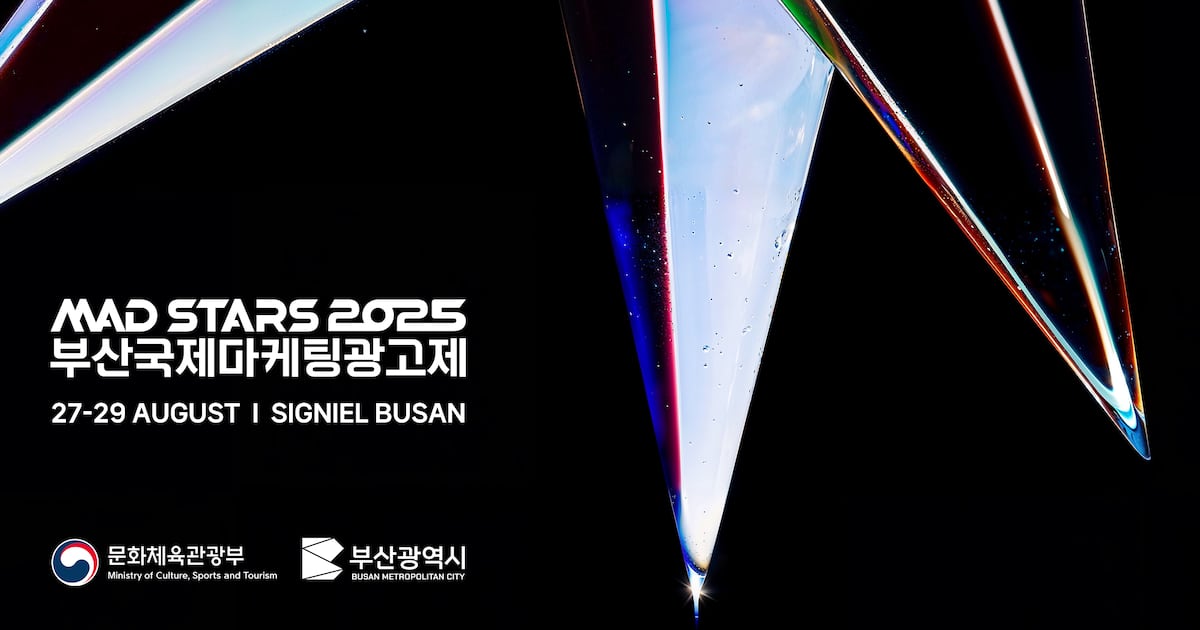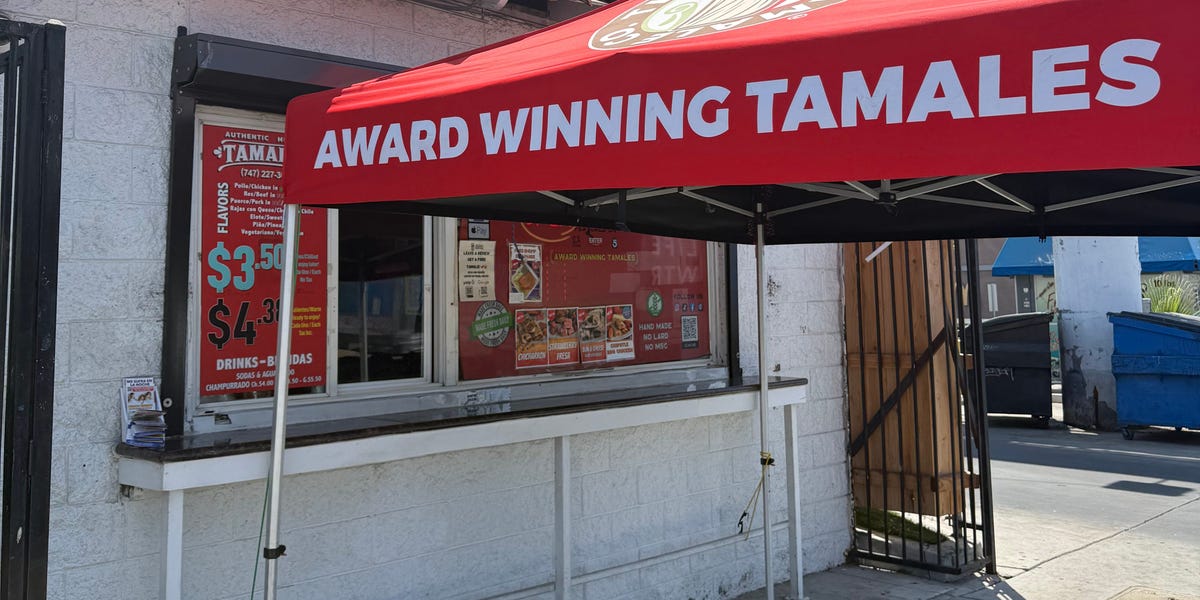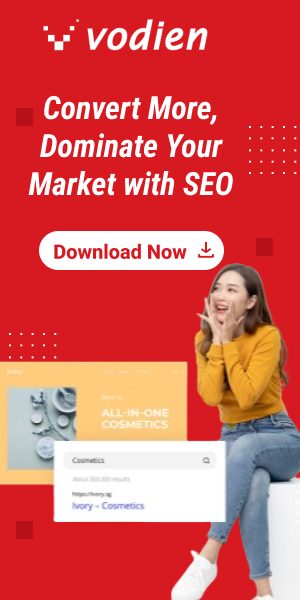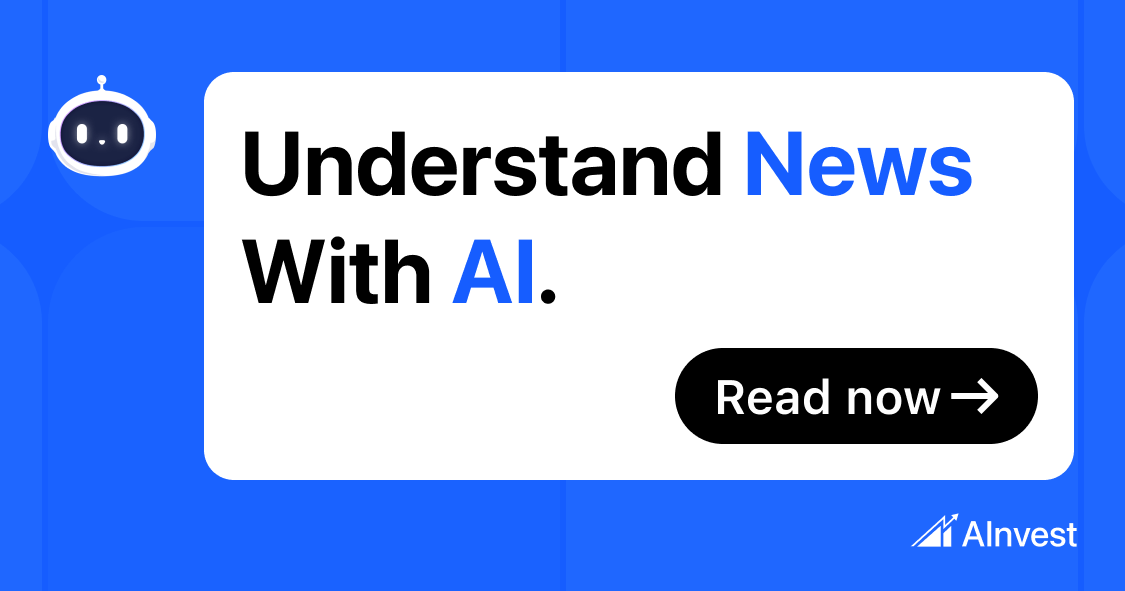India’s App Economy Is Booming
India is witnessing an unprecedented surge in mobile app usage, driven by sectors such as gaming, entertainment, and artificial intelligence. As smartphone penetration deepens and data becomes more affordable, a new digital wave is reshaping user behavior across the country. This boom is creating opportunities for advertisers to engage with diverse audiences through innovative platforms.
However, despite the rise in app usage across a broad spectrum, most advertising budgets continue to revolve around tech giants Google and Meta. This trend, highlighted in a recent report by Moloco, reveals a disconnect between user engagement and media spending patterns.
Ad Spend Still Favors Google and Meta
The Moloco report underscores that while new-age apps are attracting massive user bases, advertisers remain heavily reliant on Google and Meta for digital campaigns. These two platforms dominate the digital advertising landscape, drawing in the majority of media budgets due to their scale, targeting capabilities, and established reputation.
“Advertisers are comfortable with what they know,” said a media strategist familiar with the market. “Google and Meta provide predictable returns, but that doesn’t always align with where users are spending their time.”
This imbalance raises critical questions about the efficiency and ROI of advertising strategies in the current app-driven ecosystem. As users diversify their app usage, the competition for attention has intensified, yet the ad dollars have not followed suit.
Emerging Apps Offer Untapped Potential
Emerging platforms in India are seeing exponential growth in sectors like short-form video, hyper-casual gaming, and AI-powered tools. Apps such as Chingari, ShareChat, and Ludo King are capturing millions of users, particularly in tier-2 and tier-3 cities. These apps offer hyper-local content and experiences that resonate with the Indian audience.
Yet, many of these platforms remain underutilized by advertisers. The Moloco report suggests that these alternative platforms can offer better returns on investment due to lower competition and more engaged user bases.
“Marketers need to rethink their allocation strategies,” said an executive at a leading ad-tech firm. “It’s time to look beyond the duopoly and tap into the real growth areas.”
Challenges in Diversifying Ad Spend
Despite the clear potential, shifting ad budgets away from Google and Meta is easier said than done. Many advertisers face hurdles such as limited performance data, lack of familiarity with new platforms, and concerns over brand safety.
Moreover, smaller platforms often lack the sophisticated ad infrastructure that Google and Meta provide, making it harder for brands to measure ROI effectively. These limitations contribute to the inertia in ad spend decisions, even as user behavior evolves rapidly.
Programmatic Advertising May Bridge the Gap
Programmatic advertising could serve as a bridge, helping advertisers reach audiences across a wider range of apps with efficiency and scale. Platforms like Moloco offer machine learning-powered ad solutions that optimize campaign performance across diverse inventory sources.
With automation and AI, advertisers can analyze vast data sets to identify high-performing placements beyond the typical giants. This approach could democratize access to digital ad dollars and empower smaller platforms to monetize more effectively.
India’s Digital Future Demands Bold Moves
As India’s digital landscape evolves, so too must the strategies used by advertisers to engage with consumers. Relying solely on Google and Meta may no longer be sufficient to capture the full scope of user attention and engagement.
“To stay competitive, brands must align their media strategies with consumer behavior,” noted a digital marketing expert. “That means taking calculated risks and exploring new platforms.”
India’s app boom is more than just a tech trend—it’s a shift in how people live, communicate, and consume content. For advertisers willing to move beyond the norm, the rewards could be substantial.
This article is inspired by content from Original Source. It has been rephrased for originality. Images are credited to the original source.










